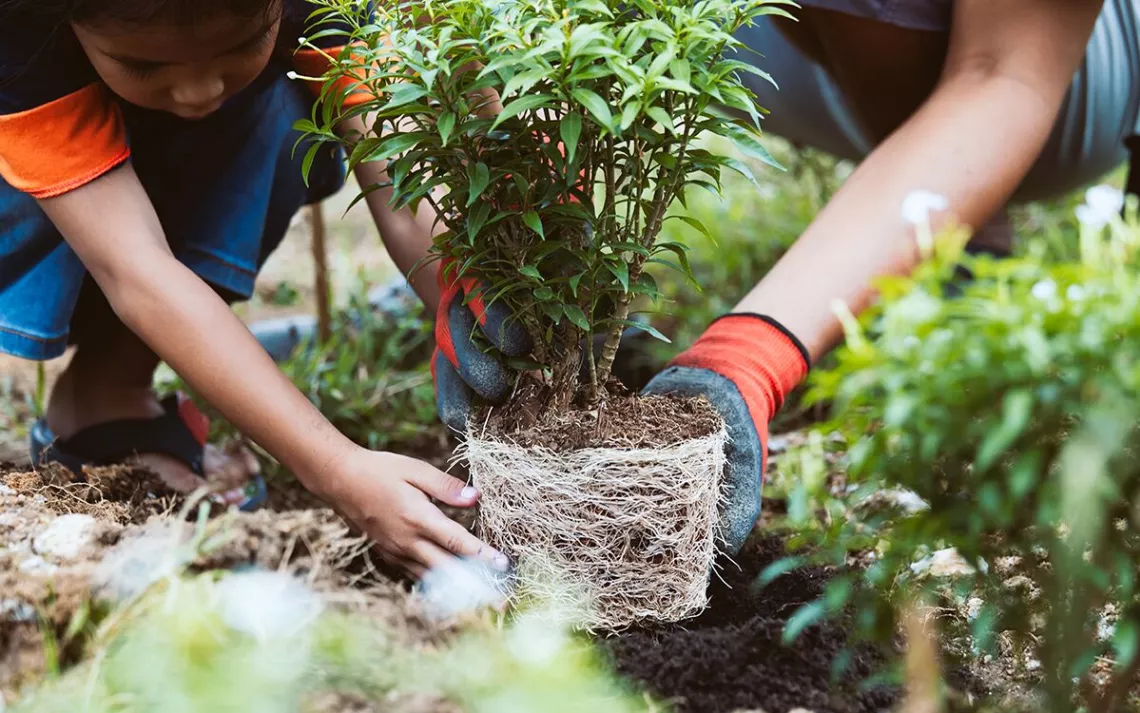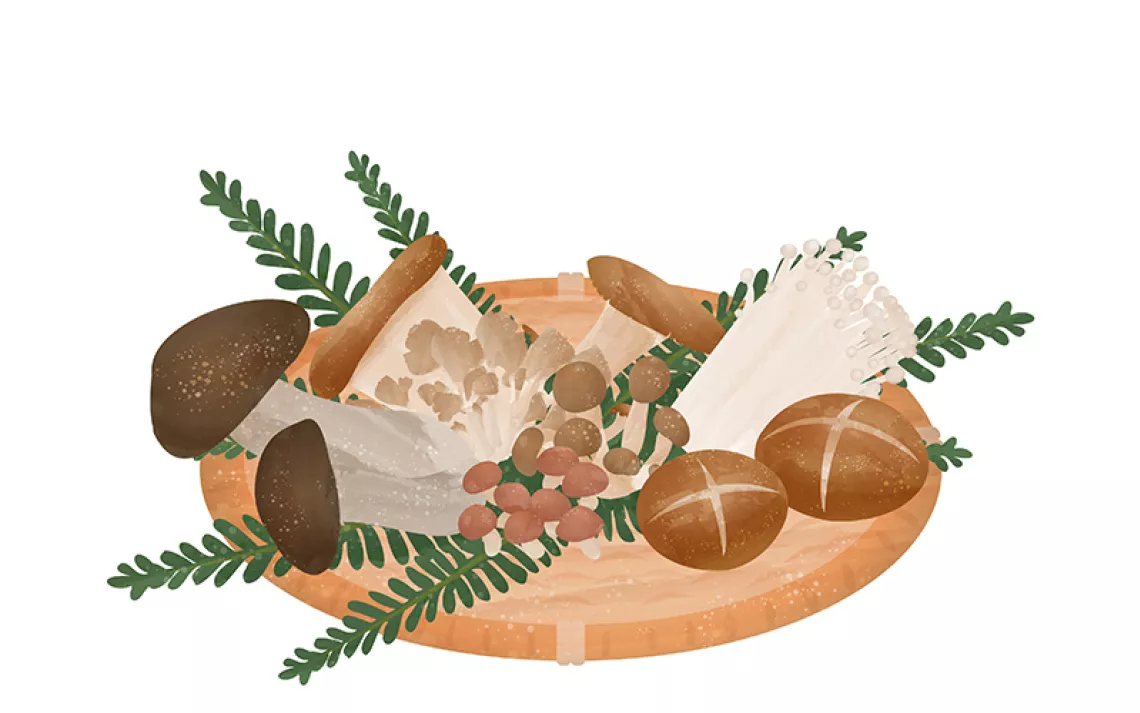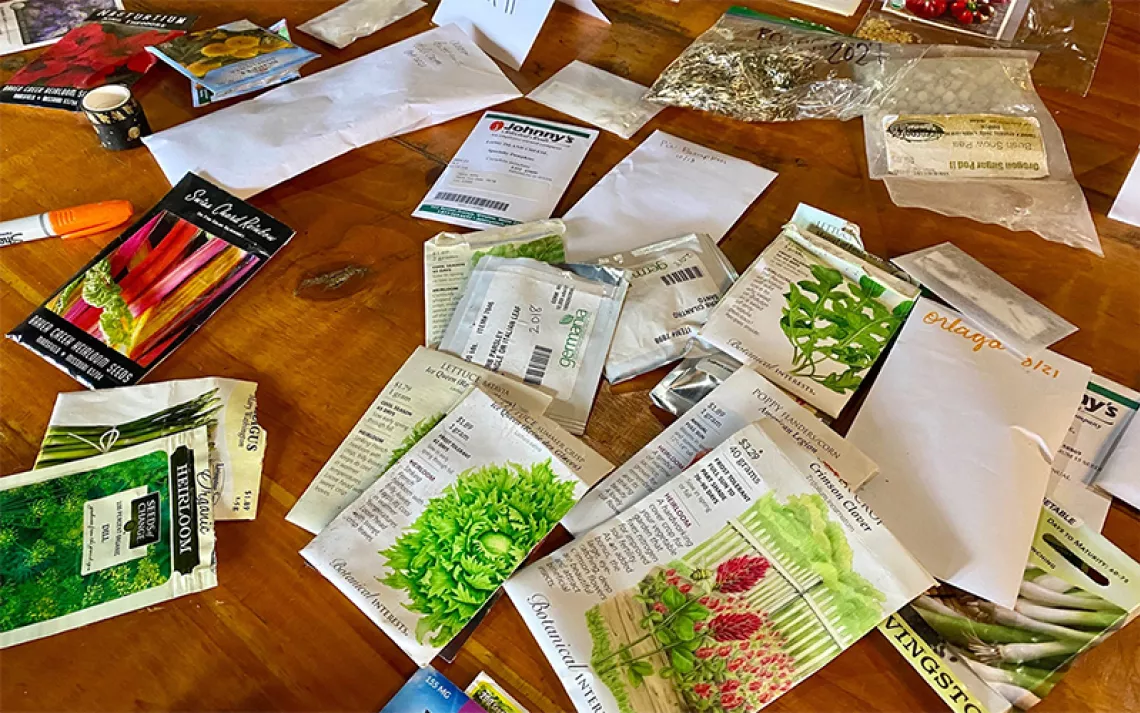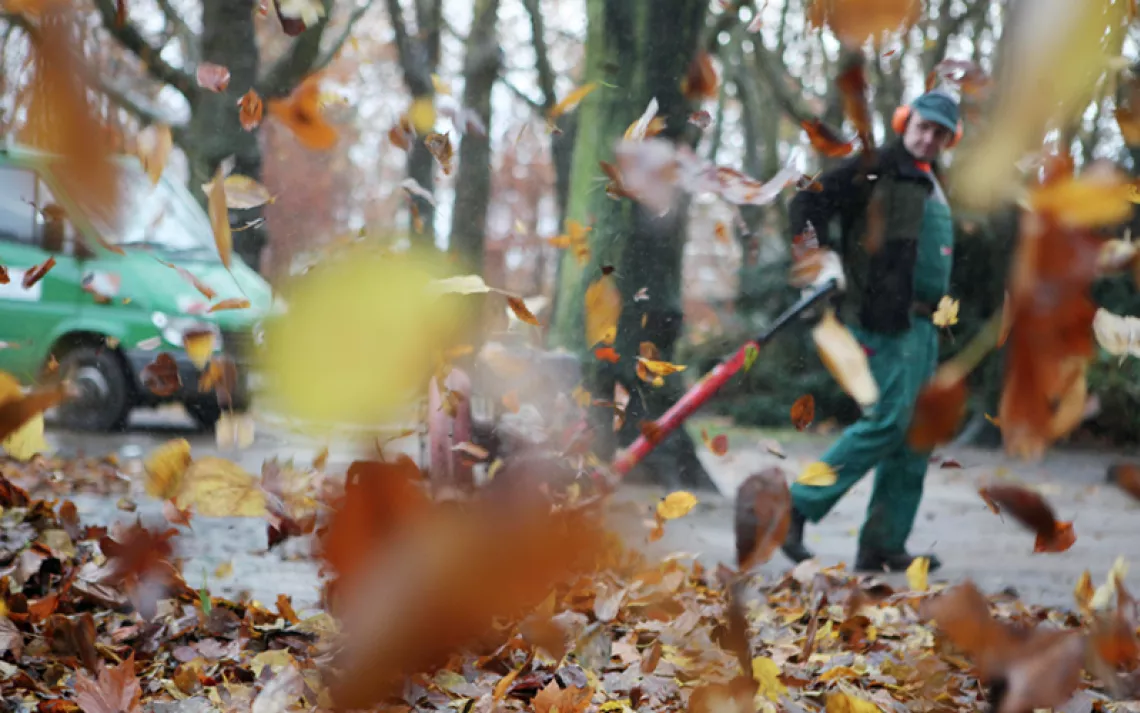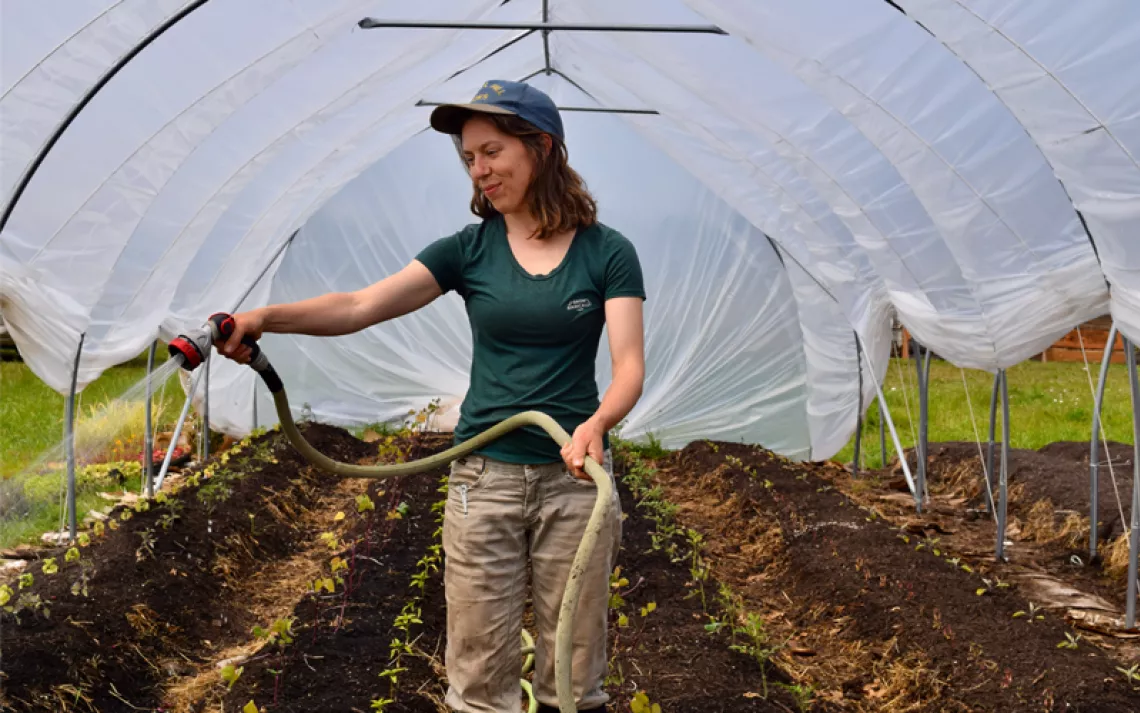Pandemic Gardening With Kids 101
Get the little ones out for some fresh air
I love gardening with kids. One time I was doing a planting with some elementary school students, and I asked them what they would like to grow. “Carrots!” one kid yelled. Another student raised his hand and said corn. An adorable little girl’s hand shot up: “Is there a meatball plant?” While there is no meatball plant, children of all ages can learn to love to garden; and as a bonus, they will eat what they grow.
During COVID-19’s sheltering in place, gardening is a great way to get the little ones out for some fresh air, forging a connection with the earth, and contributing to the family’s meals. Below are ideas for engaged learning in the garden, for toddlers and up to high schoolers.
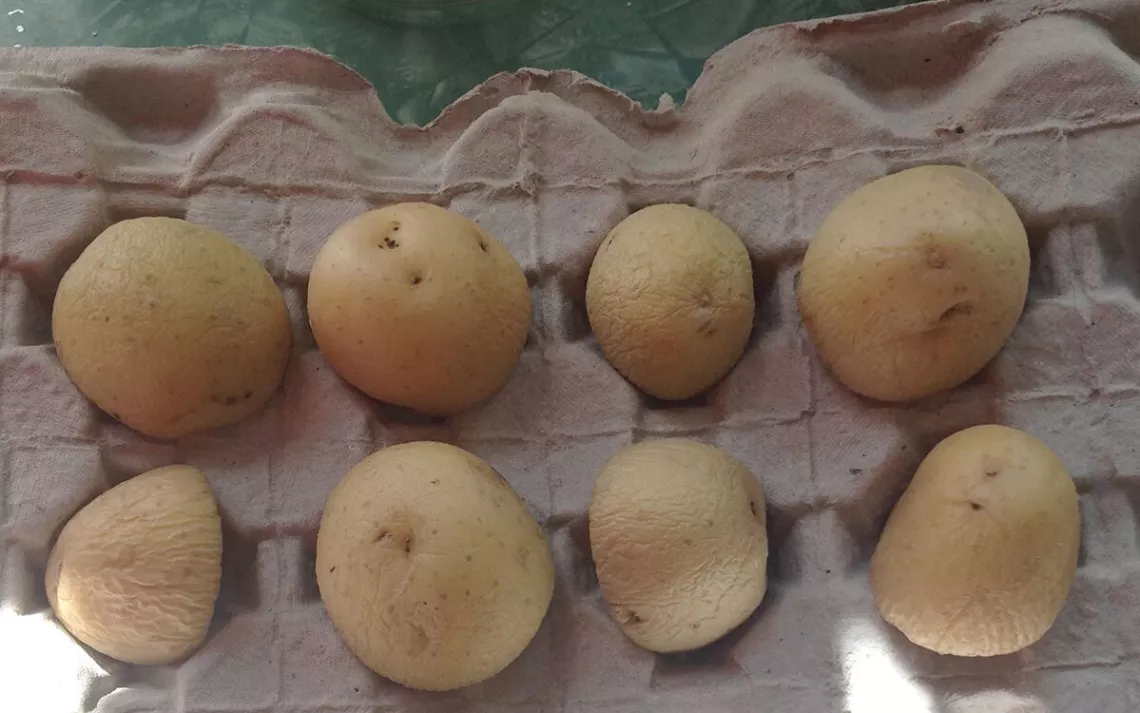
For Preschool-Age Kids
Sprout some potatoes. Cut up potatoes so each chunk has at least one eye. Put them into wood ashes to prevent rotting. Have the children place these into an egg carton. The “eyes” should be face up. Keep the egg carton open, and watch as the potatoes start to sprout. Once they have developed sprouts, plant the potatoes in your garden.
Shell some beans. Small children love repeated motions like shelling beans and prying corn kernels off corn cobs. With that in mind, plant a stand of fava beans or a tepee of pole beans (my faves are scarlet runner beans). These beans are easy to find seed for and grow indoors—simply plant dried beans from the grocery store in yogurt containers (first poke holes into the bottom for drainage and fill with potting soil). Water daily until beans germinate. Transplant out to garden beds or into a bigger pot as the bean plants get their first true leaves. Fava beans will grow without staking, but you’ll want to provide a trellis for pole beans to scramble up. It’s a special treat to wait for the beans to flower and then set small beans. Let the beans grow and dry out before harvesting. Allow the child to collect the beans for next year’s harvest by setting up a bean-shelling station; i.e., a basket containing the dried beans and a jar in which to place dried beans. It's so satisfying to hear the little kerplunk, kerplunk of shelling beans.
Have an herbal tea party. Little kids love tea parties, especially when the tea is plucked from a nearby potted mint plant! Mints, which include peppermint, spearmint, and chocolate mint, are among the easiest herbs to grow. In fact, they will become invasive in your garden, so it’s actually best to grow them in a pot. Have the children gather the mint and put it into a teapot. Adults should pour boiling water over the mint and let it infuse for three minutes before letting the kids pour their tea. Buy herb starts at the hardware store or nursery, or get a cutting with some roots from a neighbor.
For Elementary School Kids
Start a worm bin. Some of the first lessons in elementary school concern insects and soil. Vermicomposting (worm composting) is a great way to teach both in a hands-on way. Red wriggler worms, Eisenia fetida, are amazing food scrap digestors. All you need is a worm bin, some worms (get some from a neighbor or order online), food scraps, and shredded paper. The worms eat the food scraps, excreting worm castings, which are black gold for your garden. Have the children feed the worms your food scraps mixed with shredded paper daily. But not just worms will live in your worm bin—it becomes an amazing hang-out space for a number of insects including isopods (pill bugs), beetles, soldier fly larvae, and centipedes.
There are a variety of worm bins available, or you can make your own out of two plastic storage containers.
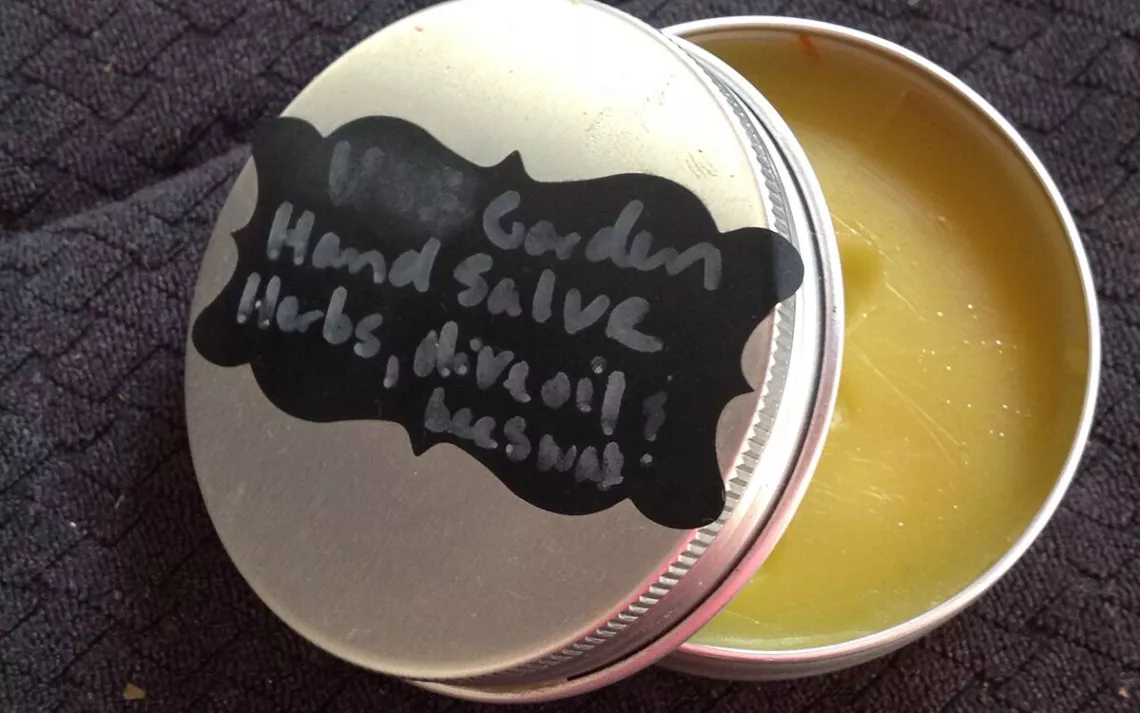
Make stone soup. If your elementary-school-age kid is surviving on mac 'n' cheese exclusively, know that they are not alone. But if you can invite them to cook their own veggie-based meal, you might persuade them to eat something healthy. My answer is to invite them to make stone soup. Put on a pot of chicken stock or veggie stock, then ask the children, what else could you add to make soup? If you have a garden, invite the children to harvest what looks good to them. A kale leaf, a leftover carrot, some parsley, a pea pod or two? If you don’t have a garden, children do love to rummage around in the fridge. Have them wash and chop the veggies and add to the stock. Cook for 10 minutes until veggies are cooked, and serve with some bread. It’s a win-win, because you didn’t have to cook and the children feel a connection to the garden and the meal.
Help them start a garden of their own. By age 10, children want their own spaces, their privacy. As such, if you have an extra garden bed, stock tank, or potting container—hand it over to the kids. Easy-to-sprout seeds include beans, cilantro, beets, peas, cucumbers, and squash. Don’t try to control the order of how they plant—straight rows aren’t a natural thing for young growers—but do give them a controlled amount of seed for the amount of space they are planting. For a 4x4 garden bed, for example, that would need four zucchini seeds, a pinch of cilantro seed, a handful of beans, and a pinch of beet seeds. Keep the newly seeded bed moist until germination occurs. Have them replant spots with no growth with seeds or plants. Remind them that this is their garden. Maybe paint signs or decorate the garden with cute rocks? Hours of fun!
For Tweens and Teens
Make hand salve. Using household ingredients and some garden herbs, you (and your older kids) can make a hand salve. First gather some herbs for your homemade hand lotion. Weeds like calendula and plantain make the salve healing, while herbs like lavender and thyme make it smell great. Harvest a handful of these plants, then chop them very very finely. Add these chopped herbs to olive oil at a ratio of 1:2. I use a little mason jar with a lid. Every day for 30 days, shake your olive oil herb mix. On day 30 or thereabouts, strain out the herbs using a piece of cheesecloth, until you have just the infused olive oil. Warm this olive oil on the stovetop. Grate up an old beeswax candle and add (the ratio of beeswax to liquid is 1:4). Let the wax melt and then take out a spoonful of the salve. Let it cool to see how it sets up. You may need to add more wax if the solution, once cooled, is too liquidy. Optional: Add a few drops of essential oil to the liquid before pouring it into a container. Slather it on—those chapped, constantly washed hands will thank you!
Throw a spa day. My teenage niece loves making DIY facials. This recipe uses common kitchen ingredients plus aloe from the garden. First pick one aloe leaf from your garden, and make sure it’s plump with juice. Then squeeze the aloe into a shallow bowl until you have a tablespoon of the slimy stuff. Add two tablespoons of honey. The mixture shouldn’t be too runny. Add ¼ tablespoon of ground cinnamon to the mix. Spoon the mixture onto your face, spreading all over. Sit and relax for five to 10 minutes. Rinse off the aloe mask with cool water. Aloe, honey, and cinnamon are naturally anti-bacterial and can help with acne. In any case, they’ll leave your skin feeling oh so soft.
Perform community service. Teens were made for public service. They are tireless (once they get up, anyway), idealistic, and need to feel like they are part of a community. While many of us can’t venture out to volunteer at say, a soup kitchen or food bank, teens could volunteer their labor to neighbors and community gardens during lockdown. For instance, if you have extra growing space, have them plant all the tomato seeds in the seed pack instead of just two or three for your family. Once the seedlings are big enough, have the teens make a sign or advertise on Instagram to distribute the starts to neighbors or schools. Elderly neighbors are often delighted to have a local teenager come clean up the garden beds and plant some seeds for them. Ask around—and be safe: Bring your own tools, and observe social distancing rules.
 The Magazine of The Sierra Club
The Magazine of The Sierra Club
